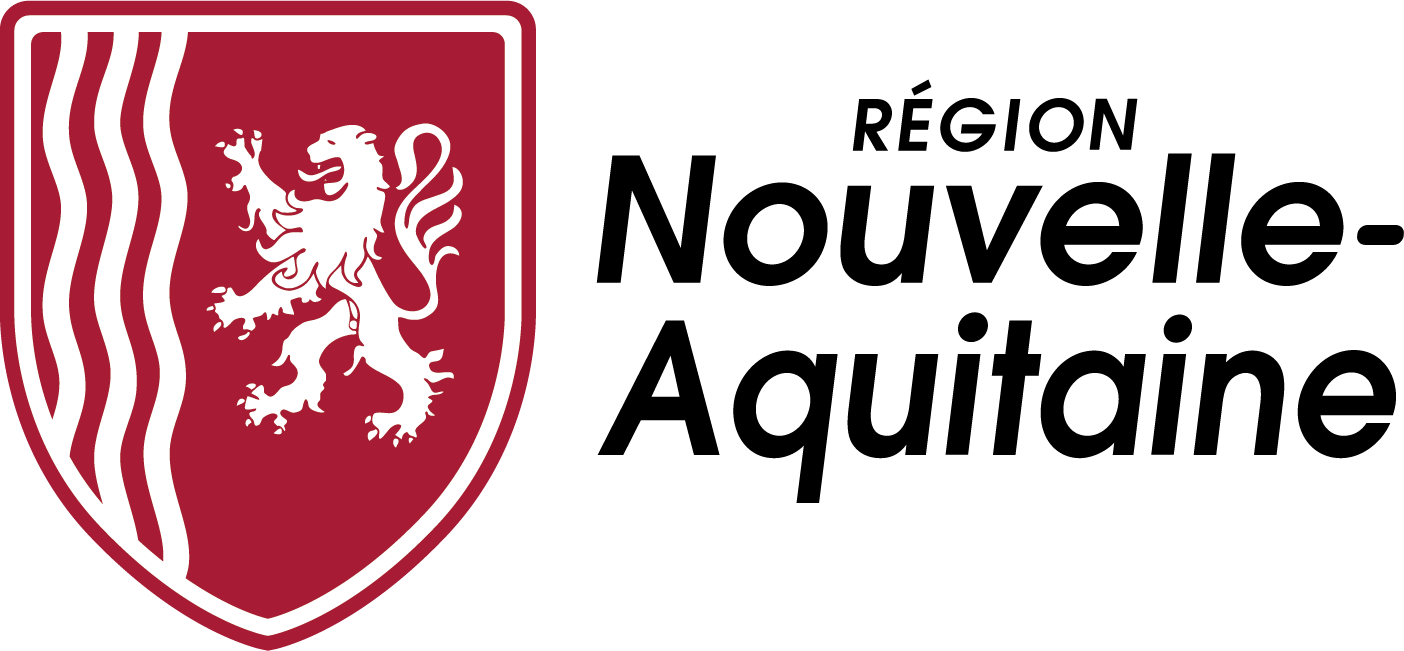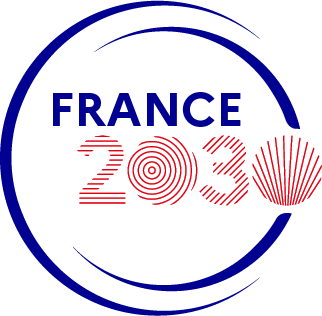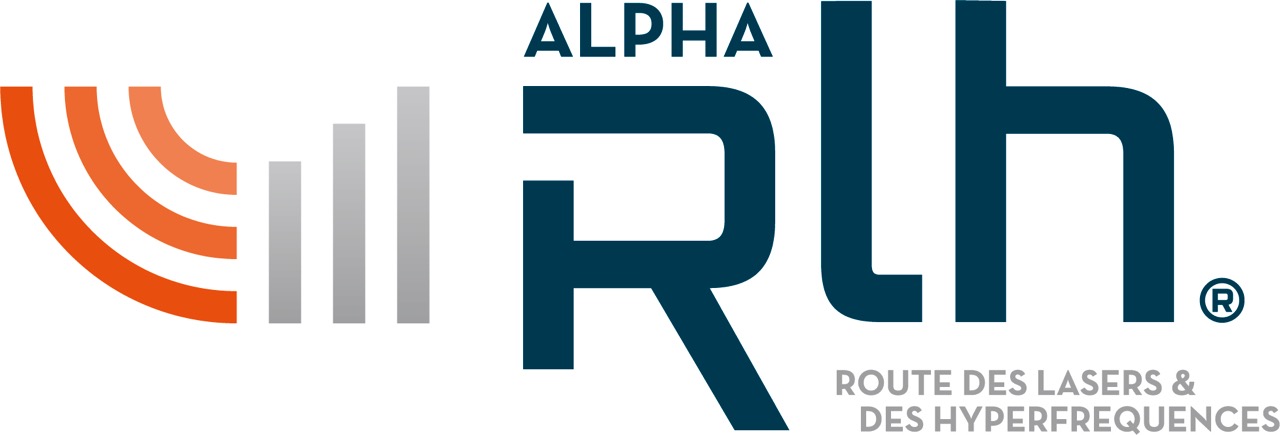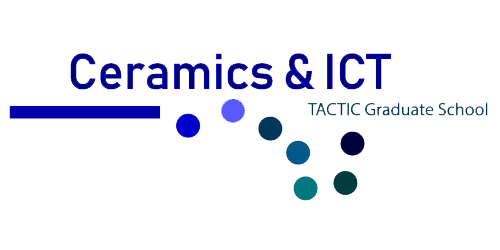- FR
- EN
Vous êtes ici
Séminaire XLIM : Distinguish lecture - IEEE Student Branch
La LIMOGES IEEE Student Branch organise un séminaire (Distinguish lecturer) le Jeudi 31 Mars 2016 à 16h en salles XR201-202 à XLIM, donné par le Prof. Patrick Roblin du Department of Electrical and Computer Engineering of the Ohio State University et intitulé « Everything You Can Do With Vector Nonlinear Microwave Measurements ».
Note pour les doctorants : pensez à vous inscrire sur la liste d’appel lors du séminaire afin de faire valider votre participation auprès de l’école doctorale ED521 !
Abstract. The advent of nonlinear vector network analyzers (NVNA) has stimulated the introduction of new paradigms in microwave engineering for (1) the measurement, (2) the modeling and (3) the design of nonlinear microwave circuits such as microwave power amplifiers and oscillators.
This talk will start with a review of vector large-signal microwave measurements for the acquisition of the phases and amplitudes of the multi-harmonic incident and reflected waves at the ports of a nonlinear device. The various types of NVNA architecture available, the procedure used to calibrate them and the calibration traceability will be presented. Next the behavioral models used for the representation of the measured multi-tone multi-harmonic data will be reviewed. This will include the general multi-harmonic Volterra functions for CW periodic nonlinear RF excitations, the X-parameter/S-function approximations for mildly nonlinear RF excitations and their extension for modulated multi-harmonic signals.
Circuit-based nonlinear microwave models can also be directly extracted from large-signal measurements for a targeted range of operation. Examples of SOS-MOSFET and GaN models extracted and verified using a few real-time active load pull (RTALP) measurements will be presented. The efficient phase sweeping of the RTALP drastically reduces the number of large-signal measurements needed for the model development and verification while maintaining the same intrinsic voltage coverage as in conventional passive or active load–pull systems. The bias dependence of the charges and device IV characteristics can then be simultaneously extracted from these large-signal RF measurements using artificial neural networks (ANN).
NVNA’s also find application in the design of power amplifiers (PA). To optimize the power efficiency of PAs, specific internal modes of operation are usually targeted at the device current source reference planes as estimated using nonlinear deembedding. However given the tremendous large search space for the multi-harmonic terminations for waveform engineering, it is beneficial to first use a nonlinear embedding device model to predict from the desired internal mode of operation, the required amplitude and phase of the multi-harmonic incident waves at the transistor measurement reference planes. The verification of the resulting amplifier power efficiency optimization can then be performed using NVNA measurements. Examples of such design for Doherty and Chireix amplifiers will be presented.
Finally in addition to CW signals, pulsed or modulated signals can also be measured by NVNAs. This is particularly important for nonlinear devices such SOS-MOSFET or GaN HEMTs which are affected by various low-frequency memory effects such as parasitic bipolar junction transistor effects, self-heating, and cyclostationary charging of traps. Recent techniques reported for low-duty rate pulsed and modulated RF NVNA measurements will then be reviewed to shine new light in the time-varying response of transistors excited by high peak to average power ratio (PAPR) modulated signals.
Email: roblin.1@osu.edu
Patrick Roblin (M’84, SM’14) received the Maîtrise de Physique degree from the L' Université Louis Pasteur, Strasbourg, France, in 1980, and the D.Sc. degree in Electrical Engineering from Washington University, St. Louis, MO, in 1984 where he worked with Prof. Marcel Muller and Fred. Rosenbaum. In 1984, he joined the Department of Electrical and Computer Engineering at The Ohio State University (OSU), Columbus, OH where he is currently a Professor. His research interests include the measurement, modeling, design and linearization of non-linear RF devices and circuits such as power-amplifiers, oscillators and modulators. He authored and co-authored two textbooks published by Cambridge University Press (CUP). He is the founder of the Non-Linear RF research lab at OSU. He has developed two educational RF/microwave laboratories and associated courses for training both senior undergraduate and graduate students.
Prof. Roblin’s early research interests were focused on the physics of semiconductor hetero-structure devices and the electro-thermal measurement and modeling of semiconductor devices (e.g., RTD, HEMTs, LDMOSFETs); a summary of this work was reported in his 2002 CUP book. In the last 10 years he has worked in developing new types of non-linear, broadband and pulsed RF measurements with the large signal network analyzer (LSNA), a summary of which was reported in his 2011 CUP book. More recently his group reported an embedding neural network device model for SOS MOSFETs and an embedding Angelov device model for GaN devices. His group subsequently demonstrated the application of such embedding device models to the design of Doherty power RF amplifiers. In addition his group has also pioneered the frequency-selective behavioral modeling and predistortion linearization of multi-band RF power amplifiers and continued to extend the state of the art in that field.
Prof. Roblin is an active member of the ARFTG (Automatic Radio Frequency Technical Group) where he is currently responsible for the ARFTG/IMS Workshops, and co-organizes the NVNA users’ group forum. He organized the ARFTG82 conference in Columbus, Ohio in November 2013.
Venez nombreux !
Contact du séminaire : Audrey Martin (audrey.martin@xlim.fr) / seminaires@xlim.fr














 UMR CNRS n°7252
UMR CNRS n°7252